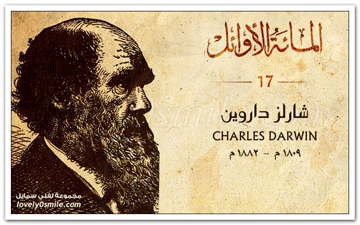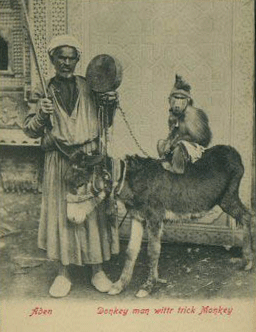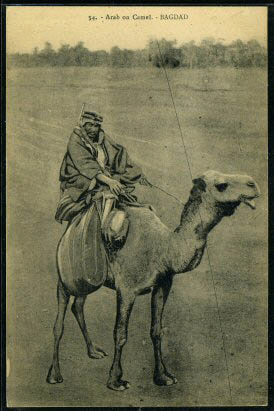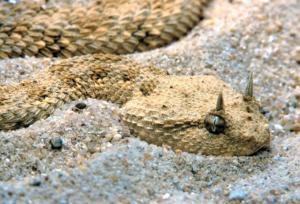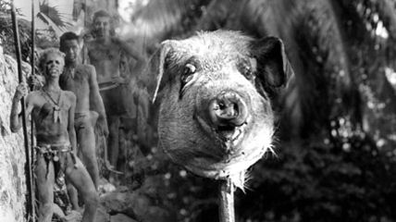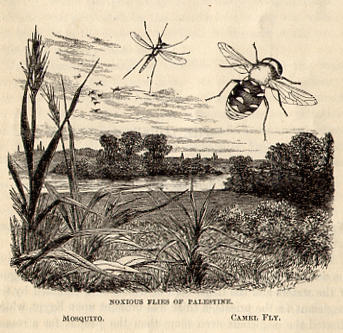
Camel Burger Newest “Healthy” Option on Dubai Menu
DUBAI (Reuters), February 2, 2010
A traditional Emirati restaurant in Dubai has added a new entree to its menu billed as a fat-free choice for carnivorous but health-conscious diners: the Camel Burger.
For 20 UAE dirhams ($5.45), the Local House restaurant offers a quarter pound camel burger, loaded with cheese and smothered in burger sauce, the Xpress weekly newspaper reported on Thursday.
Ali Ahmad Esmail, Local House assistant manager, told the paper that the burger patties were fat- and cholesterol-free. But he declined to say how the outlet tenderized the tough camel meat. Continue reading Where’s the Beef?
